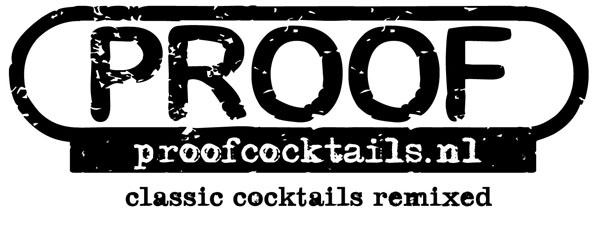
French 75.
While the combination of the internet and a renewed interest in classic cocktails has been a wonderful thing, giving us all sorts of new research into drinks of old it has one downside. The simple and elegant creation legends of many cocktail have been exposed as just that; legends. A case in point is the undisputed king of champagne cocktails, the French 75. Since the late 90s I’ve been telling my guests the the back story of the 75 only to now realise that it’s almost entirely bogus. But it’s such a good story I’m going to tell it to you one last time:
In the early days of The Great War (although participants probably preferred the term “sucky war”), long before the Americans joined in, France and Britain faced Germany on the Western Front. While the working class types in the trenches fueled up on cheap wine and rum respectively, their officers had access to more sophisticated tipples; the British their gin and the French their Champagne. Furthermore the French were horrified by the thought of a victorious German army necking their sacred Champagne and decided they’d better consume the lot themselves, just in case. As a result the allied officers came up with a concoction of gin and Champagne tempered by some lemon juice and sugar and all named after a French field gun which they fortified themselves with prior to going “over the top”.
We now know that, while certainly dating to the early days of the First World War, the drink was more likely concocted in the bars of Paris and had a completely different composition. However, a few years after hostilities had (briefly) ceased something more recognisable to the modern cocktailien had emerged. Even so, recipes have fluctuated over the years and the one I first used some 20 years ago is something of an outlier but one that has been a consistent crowd pleaser ever since. Based on Paul Harrington’s recipe in his 1998 classic Cocktail we mix equal quantities of dry gin, Cointreau and lemon juice and simply add three quarters of an ounce (22ml) of the chilled mix to a glass of dry Champagne. My guests found it a bit dry (and I found it a bit expensive*) so I soon switched to demi-sec cava and it became an instant favourite. An added advantage of this version is that it’s easy to make up and chill some “75 mix” in advance and hand out a nice cold glass of Soixante Quinze to guests as they arrive at your soirée. Seldom have I hosted a party that didn’t begin with a round of 75s (well there was that time we started with Micro-Zombies but it didn’t end well). Something similar but with sugar syrup instead of Cointreau is probably the most common version in recent years and there is also a fairly valid argument for using cognac instead of the gin. There is however a more modern (and possibly more authentic) interpretation that views the French 75 as more of a Tom Collins but with Champagne instead of soda water. When Mrs Proof asked for a French 75 the other day I took a risk and made her this version. After one sip she handed it back and simply said, “Non.” That can be a problem with signature drinks; alterations are not easily tolerated. Personally I’m rather fond of the newer formula but beneath are both versions so that you can decide for yourselves.
It should be noted that there is also a version known as the French 95 which uses bourbon instead of gin but I feel that it’s a version that should only be served to guests who show up when the party is almost over…
French 75 (Paul Harrington version).
0.25oz / 7.5ml dry gin
0.25oz /7.5ml Cointreau
0.25oz / 7.5ml fresh lemon juice
Pour into a champagne flute and top up with demi-sec sparkling wine*
In practical terms prepare a mix of the first three ingredients in advance, bottle and chill. You should make about 150ml (50ml of each) of “75 mix” for each bottle of fortified bubbles you intend to serve.
French 75 (Collins style).
1.5oz dry gin
1oz fresh lemon juice
0.75oz simple (1:1) syrup
Shake with ice and strain into an ice filled Collins glass.
Top up with dry sparkling wine*
Toast Dom Perignon godfather of the bubbles.
*Unless you want to be particularly flash genuine French Champagne is better sipped au natural rather than used in mixed drinks. Other sparkling wines can be substituted as long as you adjust for any differences in sweetness. My preference is Spanish cava which is excellent value for money, has nice “big” bubbles, and comparable sweetness and labeling conventions to Champagne.


